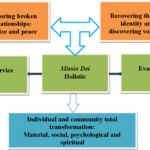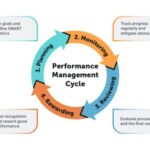
Monitoring Mechanism
The purpose of a monitoring mechanism is to further the effective implementation of the Rules. It will assist each State in assessing its level of implementation of the Rules and in measuring its progress. The monitoring should identify obstacles and suggest suitable measures that would contribute to the successful implementation of the Rules. The monitoring […]















